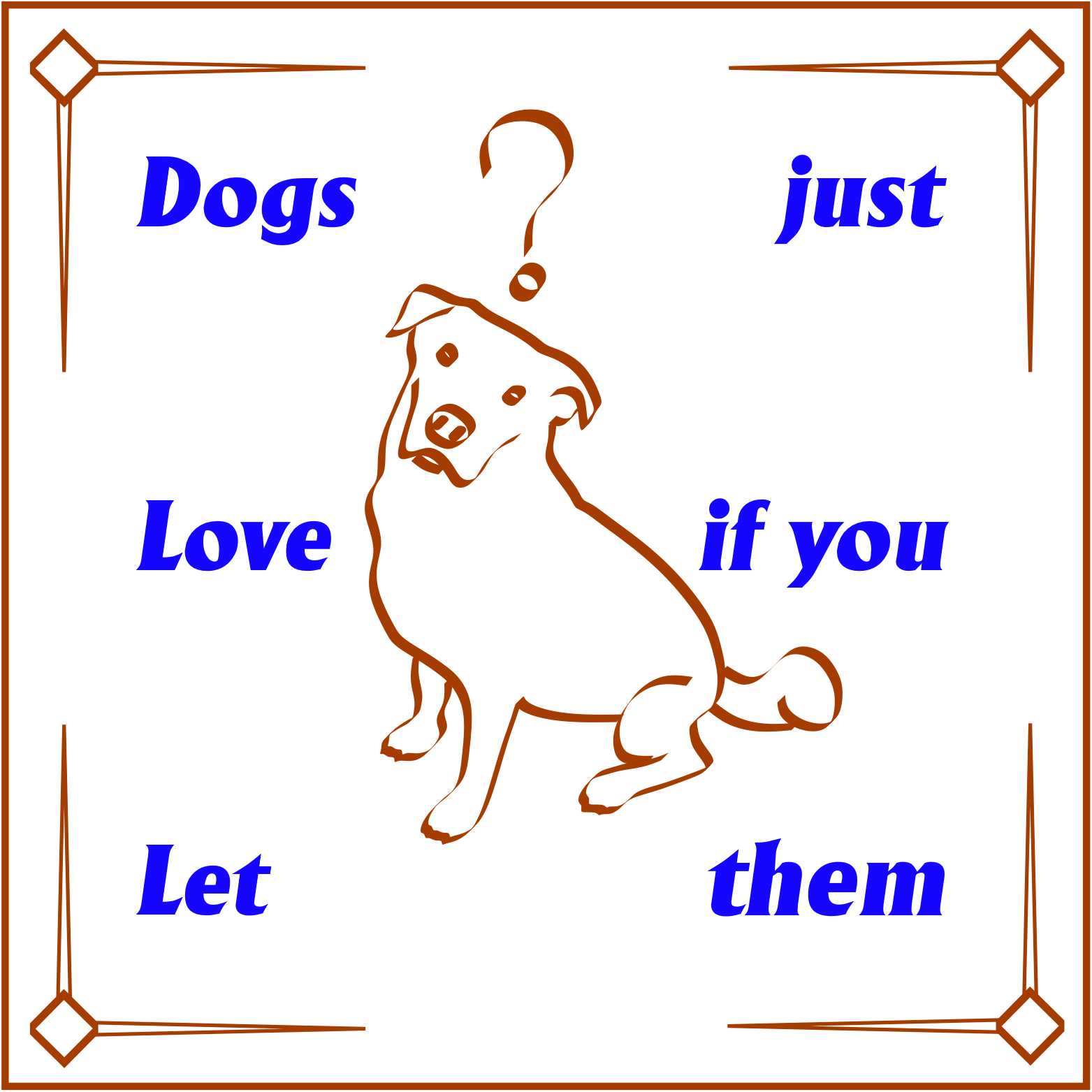🐕 Dogs
“Dogs” is a complex subject because they are all different. Imagine that. Really. The point is that each one must be treated according to his or her personality and past experiences that shape their personality. This makes sense, but many people fail to recognize that fact.
The idea is, that when you get a new dog, the best approach to training depends on the personality of the dog, so the best starting point is for you and the dog to get to know each other before serious training begins. In the first few days, keep training to a logical minimum, potty training, discouragement of destructive behaviors, etc. Keep the dog close to you and treat it with respect (but don’t coddle it too much) so it knows you are someone it can trust. Observe it closely and LEARN what its likes, fears and preferences are, THEN you can adjust your training methods to yield the best results. This is especially important when your dog is a rescue. You likely will not have more than a clue as to the dog’s past experiences.
Since dogs are pack animals, you want the dog to see you as the leader of the pack. In a pack, the leader is fair and he (or perhaps in your case, she) treats the members of the pack in a fair way. So THINK about the signals the dog is sending and how you can best communicate YOUR desires to the dog when training begins. Do NOT punish a dog for breaking rules until you have told the dog what the rules are. At first, discipline the dog gently and reward it randomly for appropriate behavior. By that I mean that the dog should expect a reward but not a specific reward. Treats are great, but don’t give the dog a treat every time it comes when you call - sometimes a treat, other times just praise. That is teaching the dog how real life works.
Give your dog something it can count on, but only in a general way. Dogs need structure. Seeing YOU as the leader, a fair leader, will give it that structure. If you pay attention, you’ll see what is working and what is not. Positive reinforcement is better than negative.
You WILL leave the dog alone occasionally. Don’t make a big deal out of it. Leave the dog in a room, a crate or the house, but just leave. Let the dog know it is not being punished and that wherever you leave it, it will be safe - no big deal. Until you feel the dog can be trusted, a crate or a specific room is just fine. Just don’t make it a big deal with all kinds of coddling or any other emotional display.
I’m not a an expert, but I have learned what I learned about dogs through my own experience (eight dogs over a period of many years) and also the from advice I found on blackbeltdogtraining.com. It’s NOT what it sounds like. Robert Cabral IS an expert and a very caring dog trainer. Go here: www.blackbeltdogtraining.com/articles and download and read “Bringing Home Your New Dog”. It’s a great starting place for you and your new friend! There are many other articles as well that can be very helpful. Enjoy!
